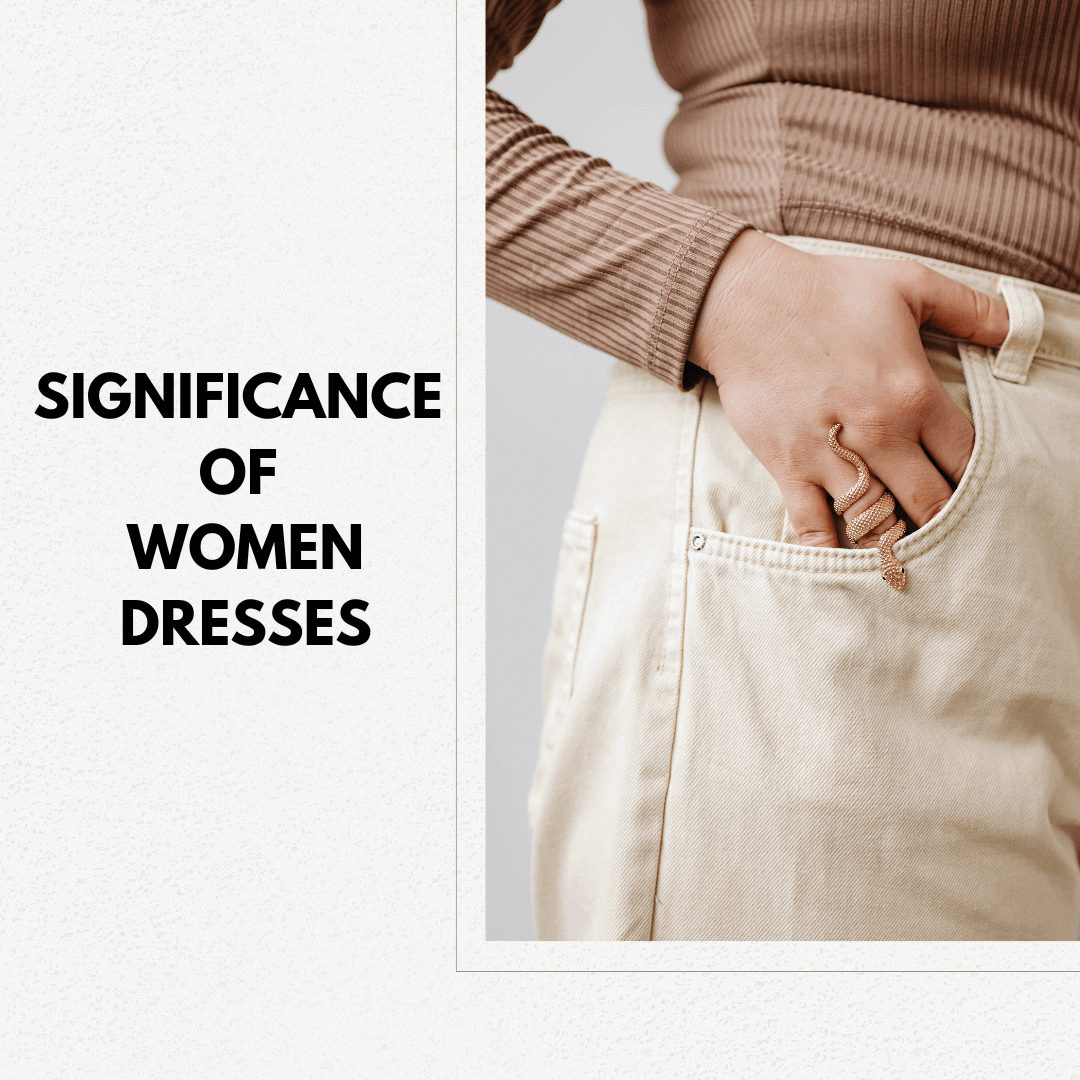Introduction
Women dresses have always been a canvas for cultural expression social status and personal identity Over centuries the styles fabrics and designs have evolved reflecting changes in society technology and aesthetics This article explores the journey of Women dresses examining their historical significance cultural impact and the modern trends that continue to shape this essential garment
Historical Significance
Ancient Civilizations
In ancient civilizations such as Egypt Greece and Rome Women dresses were more than just clothing They were symbols of status and function Egyptian women often wore simple sheath dresses made of linen which were practical for the hot climate In contrast Greek women wore the peplos and later the chiton which were draped garments held together by pins and belts emphasizing the art of fabric manipulation
Middle Ages
During the Middle Ages dresses became more elaborate The influence of the church and the feudal system was evident in the design and fabric of Women dresses The gowns were long and layered often made from luxurious fabrics such as silk and velvet They featured intricate embroidery and were adorned with jewels and furs indicating the wearer’s social status
Renaissance to Baroque
The Renaissance period saw a revival of classical ideas which was reflected in Women fashion Dresses became more structured with the use of corsets farthingales and hoop skirts The Baroque period that followed introduced even more opulence Women dresses were characterized by elaborate decorations rich fabrics and exaggerated silhouettes
Cultural Impact
19th Century
The 19th century marked significant changes in Women dresses influenced by the Industrial Revolution and the rise of the middle class The Victorian era introduced dresses with tight corsets and voluminous skirts emphasizing modesty and femininity As the century progressed fashion became more accessible due to mass production allowing more women to participate in fashion trends
20th Century
The 20th century saw radical changes in women fashion that was attributed to social and political movements, the Roaring Twenties were someway life-changing for wearing flapper dresses meant as a symbol of freedom and rebellion; these short loose clothes often trailed fringes with ornate beads embellishments but after World War II, Christian Dior redefined Women fashion establishing an hour-glass silhouette emphasised by cinched waists full skirts (New Look) also came into play this time around Later on during th 1960s up through ’70s-the mini skirt graced the women’s knees accommodating both ends-bedroom expression & liberation
Modern Era
Women’s dresses in the 21st century are a fusion of different styles, prints and colors ranging from past decades (such as prints that appeared in black-and-white photographs) to more contemporary tor fabrics and relevant pictures: designers design for women who lead an active lifestyle but want representation]a daily look is made with Emma Wallace!
Trends in Women Dresses
Sustainability
A major trend in Women fashion now is sustainability As side effects of fast fashion become clear to the world many designers and brands are prioritizing eco-friendly materials and ethical production methods Dresses made from organic cotton recycled fabrics and biodegradable materials are trending than ever
Inclusivity
Inclusivity in fashion has gained momentum with a focus on creating dresses for women of all sizes shapes and backgrounds Plus-size fashion has seen significant growth and many brands are now offering extended sizes Adaptive clothing for women with disabilities is also gaining recognition ensuring that fashion is accessible to everyone
Technology Integration
Technology has changed the game for fashion designers across all parts of their process from designing dresses to selling them 3D printing allows detailed dress designs that were not possible before having wearable technology in a form-making part is still emerging types include clothes with LEDs and smart fabrics Vintage Revival The vintage revival trend modernizes looks inspired by yesteryear Dresses are featuring prints, puff sleeves, slip dress silhouettes This indicates an appreciation for past craftsmanship/themes -Sexy Forces- A reoccurring theme warms up Fall’s darker palette Midriff-baring tops or plunging necklines signify sensuality Brands like Balmain showcase cool sexiness Vampy Gothic crossing corsetry details meet lace accents.
Conclusion
Women dresses have undergone a remarkable evolution shaped by historical events cultural shifts and technological advancements From ancient sheath dresses to modern sustainable designs dresses have always been more than just clothing They are a reflection of society a means of self-expression and an integral part of Women lives As fashion continues to evolve the dress remains a timeless garment that adapts to the changing needs and desires of women around the world

